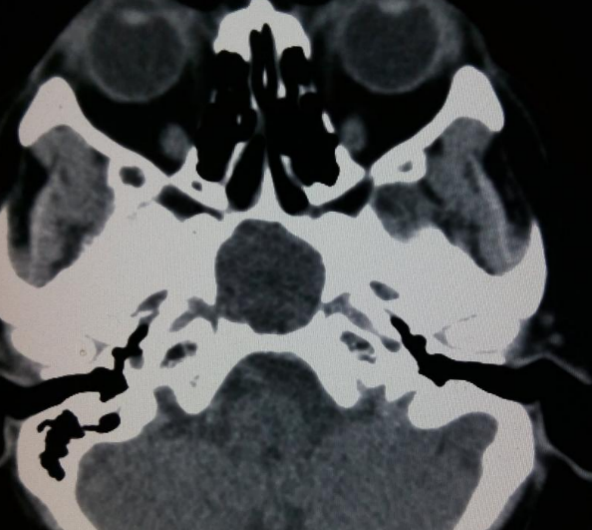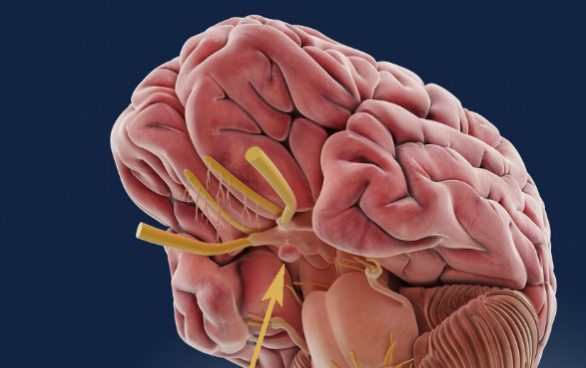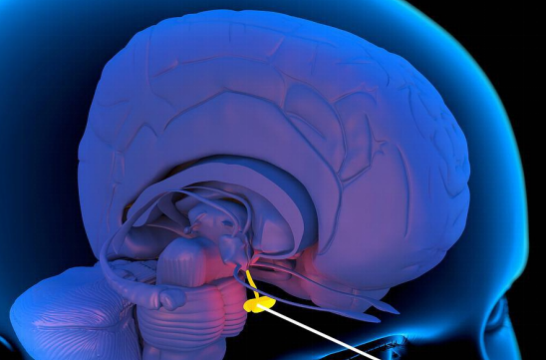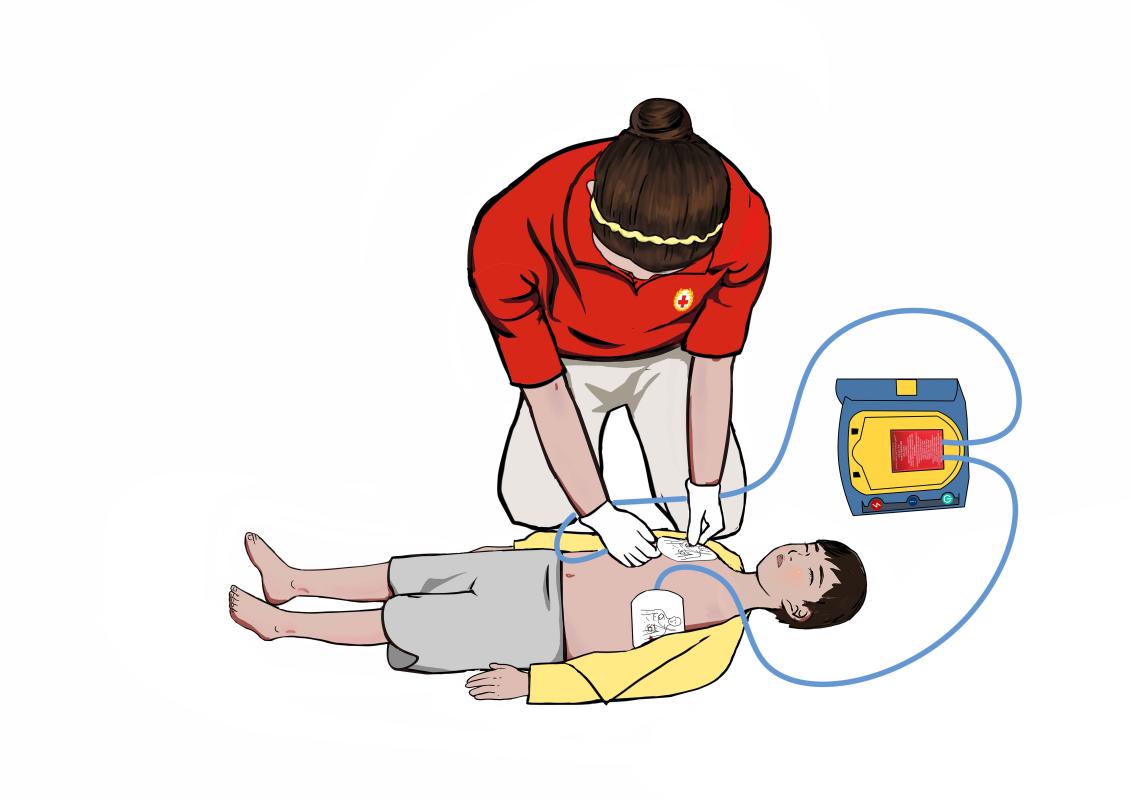Twelve-year-old teenager Jack, nearly four years seems to be time to quietly press the pause button, his height is far behind his peers, and the family's heart is full of worry. After a careful examination at the hospital, doctors found that Jack's growth hormone secretion is insufficient, while the deeper cause of the disease is hidden in the saddle region of the skull - a tiny germ cell tumour.

Meanwhile, far away in another state, 9-year-old Catherine also suffered growing pains. At what should have been a carefree age, she unexpectedly had her first menstrual period, catching her family off guard. After a series of tests, doctors uncovered the mystery: inflammation in Catherine's pituitary gland area was affecting her normal growth and developmental trajectory. In recent years, more and more children's growth and development issues have attracted attention. If you are also a parent, then please read this article well.
In the depth of the skull, there is an elegant ‘butterfly guardian’ - the butterfly bone, the shape of which resembles a butterfly spreading its wings and ready to fly in the night sky. In the heart of this ‘butterfly’, there is a mysterious and deep depression, thus named the ‘butterfly saddle area’. Inside the saddle area lies the ‘king’ of the endocrine kingdom, the pituitary gland, which is a fantastic place where nerves and endocrine secretions are intertwined, like a miniature control tower, precisely directing the intricate hormone symphony in the body. The pituitary gland, the commander-in-chief behind the scenes, is not only delicate in appearance but also extraordinary in function, bringing every corner of the body into its fine regulatory network. The pituitary gland is divided into the anterior lobe and the posterior lobe, each of which has its role to play, like twins working in tandem. The anterior lobe is a vibrant garden of hormones that nourishes every inch of skin and bone in the body. The posterior lobe, on the other hand, secretes antidiuretic hormone and oxytocin. The former is like the gate of a lake, finely regulating the water balance in the body so that the river of life can flow smoothly; the latter is like a gentle hand, gently promoting the reproduction and continuation of life.

In the world of children, there is a mysterious and changeable challenge quietly lurking in the saddle area of the brain, which is like a changeable magician, so that each child shows a different ‘magic’ - some children's eyes of the world gradually fuzzy, as if covered by a light veil; Some children are like little explorers, always feeling thirsty and frequently embarking on a journey to drink water; others seem to have their growth path slowed down, while others unexpectedly blossom in advance. In the face of these marvellous ‘spells’, neurosurgeons, the warriors of the medical profession, step forward with their precision scalpels to cut off the roots of the disease. Craniopharyngiomas are benign, but they are also cunning, and although surgery can banish them, they need to be wary of their return.
As for germ cell tumours, despite their notoriety, they are quite fearful of the sword of radiotherapy and chemotherapy, and with the aid of precise surgery, they can also give the affected children a new lease of life. In addition, histiocytosis, Rathkes' cysts and pituitary gland inflammation also need to be recognised by the surgeons and subdued through a combination of surgery and follow-up treatment. The journey of recovery after surgery for saddle zone lesions is like a well-planned marathon, not a sprint. It is an all-encompassing, multi-layered battle that requires the patient and the medical team to work hand-in-hand to face it. In this journey, imaging monitoring is like our scouts, always scouting the subtle changes in the internal battlefield to ensure that any hint of recurrence can be detected and dealt with promptly.

Endocrine adjustment is the strategic mastermind in this battle, which skilfully regulates the body's internal hormonal balance, so that the body's various functions can operate in an optimal state, laying a solid foundation for the road to recovery. Electrolyte management is the indispensable logistical force, which is responsible for maintaining the order of the chemical battlefield in the body, ensuring that every drop of blood and every cellular fluid contains the right amount of electrolytes so that the body's sophisticated machine can run smoothly. Of course, psychological support is also an indispensable source of strength in this battle.





